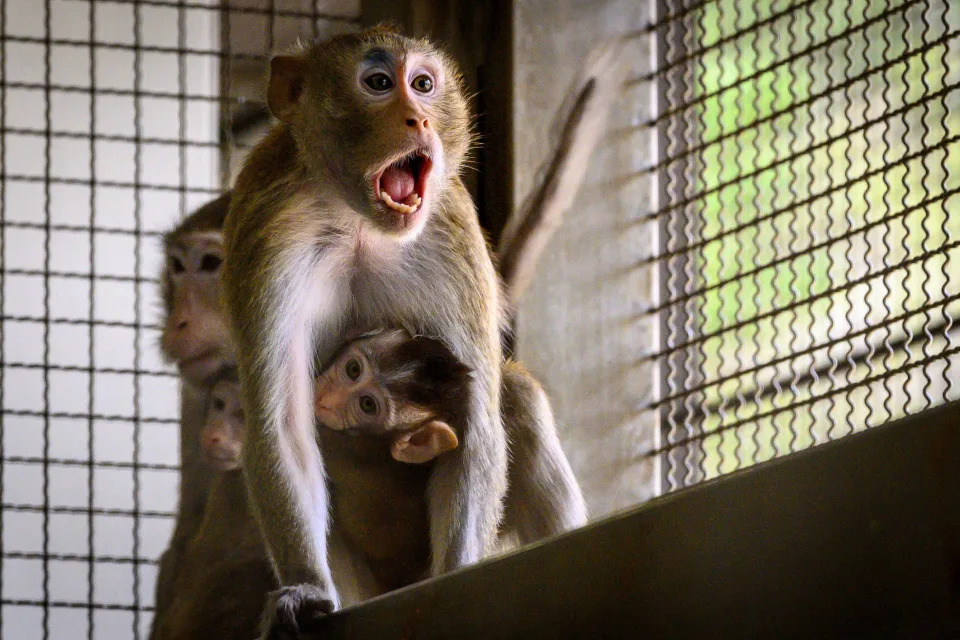In September 2017, Hurricane Maria unleashed its fury on Puerto Rico, leaving devastation in its wake. The nearby island of Cayo Santiago, home to hundreds of rhesus macaques since 1938, was not spared. Though devoid of human residents, the island’s primate inhabitants faced a dramatic upheaval.
Lauren Brent, a behavioral ecologist at the University of Exeter, describes Cayo Santiago as a unique site for studying these monkeys. Since their introduction from India by an American primatologist, the rhesus macaques have become known for their competitive, hierarchical, and often aggressive behavior.
However, Hurricane Maria’s impact brought about an unexpected shift. The island’s vegetation was nearly obliterated, stripping the monkeys of much-needed shade and exposing them to relentless heat. Despite the harsh conditions, the majority of the 1,800 monkeys survived, though researchers remain puzzled about how they managed this feat.
In the aftermath, scientists like Camille Testard from the University of Pennsylvania observed a significant behavioral change. The previously intolerant macaques began displaying increased tolerance towards one another. Testard’s research, comparing pre- and post-hurricane interactions, revealed that the monkeys started to sit closer together and form larger social groups.
This newfound cooperation was not limited to sharing scarce shade. The macaques generally became less aggressive, a surprising development for a species known for its competitive nature. Testard hypothesizes that aggression increases body heat, making it a disadvantage in the sweltering environment.
The altered social dynamics had a direct impact on survival. Monkeys with more social partners, and thus better access to shade, were significantly less likely to die. This adaptation highlights the macaques’ social flexibility in response to environmental challenges.
While the resilience of Cayo Santiago’s macaques offers hope, it also raises questions. Jorg Massen, an animal behaviorist at Utrecht University, wonders about the mechanisms behind this behavioral shift. Understanding the hormonal or genetic factors at play could provide deeper insights into primate social plasticity.
This article by Trinity Sparke was first published by One Green Planet on 15 July 2024. Image Credit :Catalin Talpos/Shutterstock.
What you can do
Help to save wildlife by donating as little as $1 – It only takes a minute.







Leave a Reply